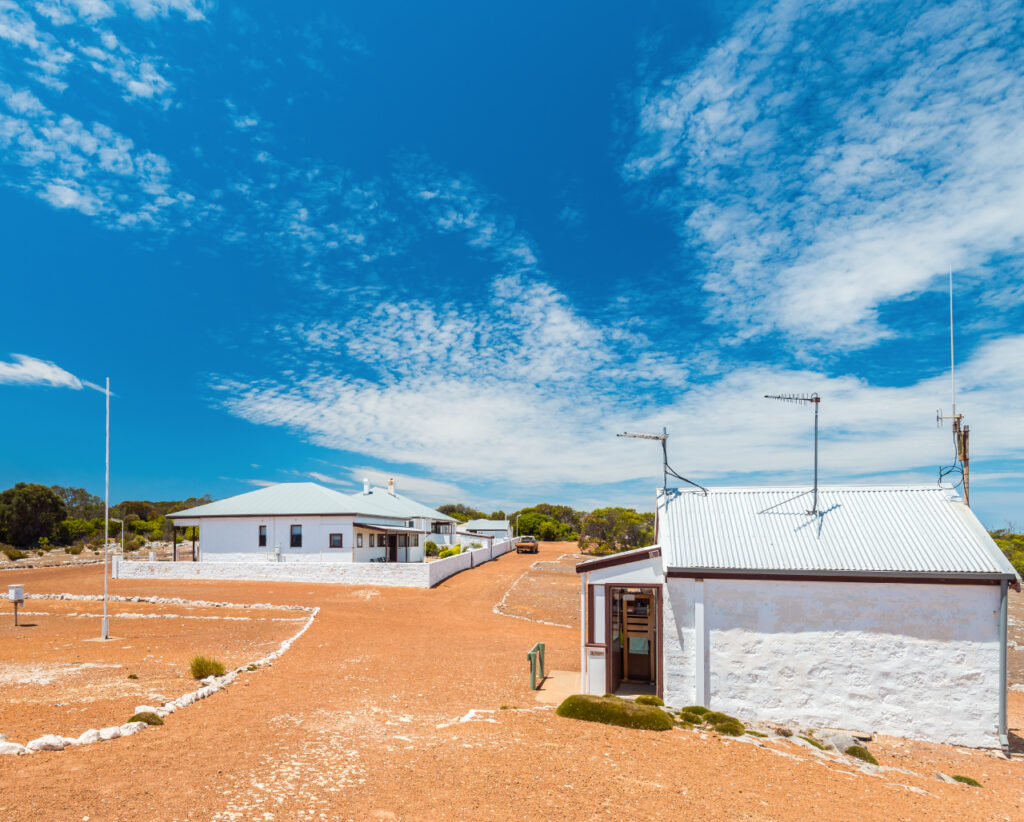
The National Disability Insurance Scheme (NDIS) offers multiple support services which are highly focused on improving the quality of life, as well as development of self-reliance and the achievement of personal goals by participants and children with disabilities. Nevertheless, a challenge that users experience especially those in the rural or remote areas is that they are unable to access the NDIS service providers in their locality. If participants acquire the right contacts and direction, they can effectively navigate the NDIS to receive the required services and assistance for themselves or a family member.
This can be traced back to the Rural and Remote Strategy developed by the National Disability Insurance Agency (NDIA) in 2016 while adapting the NDIS in the transition phase for the rural and remote regions of Australia. This strategy provided for the fact that people with disabilities, including individuals from First Nations countries, can face difficulties in accessing their NDIS plans and may need additional support. By the end of March 2021, six thousand, seven hundred and five people with a disability living in rural/remote areas are supported through the NDIS, which is a 342% increase from 2019. This raises the question: how successfully has the NDIS implemented plans pertaining participants in rural and remote regions?
The NDIA’s Approach To Remote Service Delivery
In June 2020, the National Disability Insurance Agency (NDIA) published the report on Participants categorized by remoteness classification. This document is intended to offer significant insights into the experiences and profiles of participants, their caregivers, and their families. Consequently, the NDIA aims to achieve the following objectives:
- Better outcomes at a whole-of-community level through implementing a place-based approach, delivering participant outcomes and facilitating solutions.
- Quality participant plans that include culturally relevant supports.
- Coordinating across all government levels to maximise NDIS scheme outcomes
- Access to specific services or markets at a whole-of-region level through thin market trails and alternative commissioning approaches.
- Improving the economic and social outcomes for participants by addressing existing supply gaps at a local level, including using alternative commissioning for supports where necessary and enhanced coordination between disability and mainstream services.
Better NDIS Services Via Aboriginal Community-Controlled Health Organisations
The Australian government has invested over $5.9 million in the NDIS Ready project to increase the number of Aboriginal Community Controlled Health Organisations registered to deliver NDIS services. Through the NDIS Ready project, the NACCHO is working with affiliates, NDIS Plan managers and Community Controlled Health Organisations to increase the supply of culturally appropriate and localised NDIS supports for Aboriginal and Torres Strait Islander people with disability.
Thin Market Trials
On December 13th, 2019, the Australian Disability Reform Council agreed to use a more flexible approach to addressing the market challenges with NDIS. In addition, the NDIA, key stakeholders, Department of Social Services and territory governments are progressing thin market trials in all states and territories. These trials focus on market intervention approaches to help address issues that are limiting participant access and market growth. The current market trials apply a mix of coordinated funding proposals, market facilitation and direct commissioning.
Tips For NDIS Participants To Receive NDIS Services In Rural And Remote Areas
When you live in rural and remote areas, you might not always have direct access to local NDIS services and supports. But you can get these services with the help of your NDIS Plan manager or through local support networks such as Local Area Coordinators (LAC) or Aboriginal Health services in rural and remote areas. To make the work easier, here are a few tips:
Make Technology Your Friend
Most of the time, when participants in the countryside schedule an appointment with a specialist, it means travelling for hours and sometimes even sourcing accommodation in the city to attend the appointment. All these can add up financially and weigh heavily on your financial abilities. Accessing internet services can eliminate the need to travel long distances, which saves money and time and increases your choice of NDIS service providers. You can also get funding for technology supports on your plan if necessary.
Know Your Neighbours
Participants who live in rural and remote areas might consider pooling supports with others. Therefore, knowing the people around you can be beneficial as you might need some of the same services and supports. When the NDIS provider or carer needs to travel long distances, pooling supports can be more convenient and at times, more cost-effective.
Think Outside The Box
Living in a rural area requires a different approach to managing NDIS than in urban settings. While the NDIA is open to innovation, achieving desired outcomes may necessitate some extra effort. Participants in rural and remote areas have found various ways to address their challenges and secure NDIS funding. You too can devise innovative solutions to your issues before planning a meeting. Identify your needs, develop a plan, and clearly articulate why the supports are “reasonable and necessary”.
Effective management of NDIS plans in rural and remote areas is crucial to ensure equitable access to disability services and support despite geographical constraints. By considering these tips, NDIS participants can ensure they receive the services and supports they need while saving costs. Furthermore, the NDIA can work on measures facilitating the management of NDIS plans in rural and remote areas, making the process easier. This way, more people can benefit from the scheme regardless of their location.
The Growing Reach of NDIS in Rural Areas
By March 31, 2021, over 6,000 people with disabilities living in rural and remote Australia were receiving NDIS support, marking a 342% increase since 2019. This growth is indicative of the NDIA’s commitment to reaching under-served communities. However, reaching more participants in these regions is an ongoing challenge. So, how exactly does the NDIS manage plans for participants in rural and remote locations, and what steps are being taken to ensure these individuals are not left behind?
Enhancing Access to NDIS Services in Rural and Remote Areas of Australia
The National Disability Insurance Scheme (NDIS) is a revolutionary program that encompasses numerous support systems that seek to enhance the lives of persons with a disability. Therefore, by empowering the participants, this program assists them in achieving their educational, work, and lifestyle goals. Nevertheless, despite these advances, one of the significant hurdles still lies in direct and timely access to these services for NDIS participants residing in remote or rural settings.
Emerging factors relate to the rural and remote nature of the environment where the implementation of strategies is feasible but complex. Under the NDIA, the Australian government has adopted several measures to ensure participants in these areas get a fair shot at the NDIS. An important step in this regard was the definition of the Rural and Remote Strategy in July 2016, which acted as a framework for NDIS implementation in remote areas of the country. This strategy acknowledged that those in these areas – including many First Nations people who have disabilities – often required extra support to help them find the services they needed.
